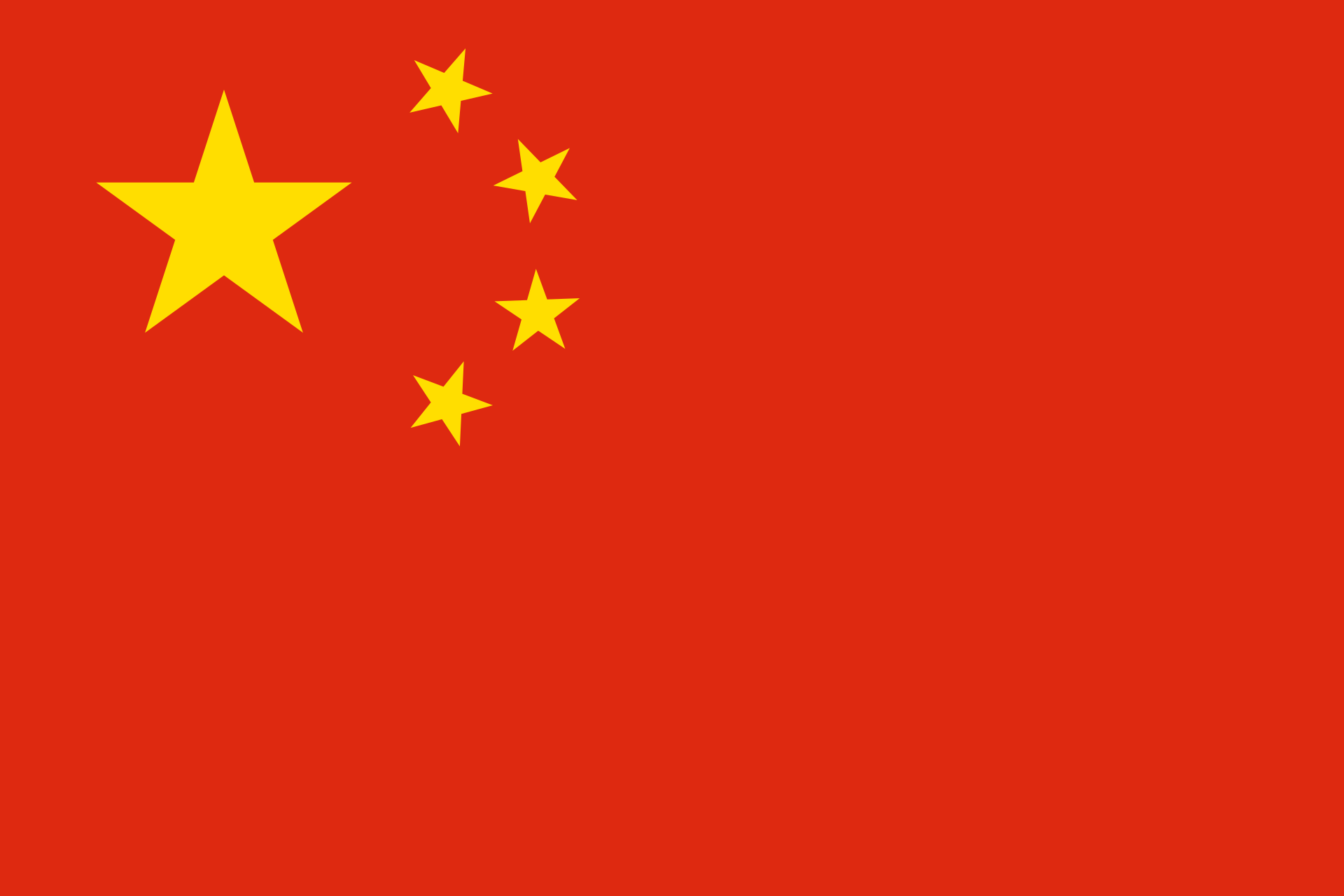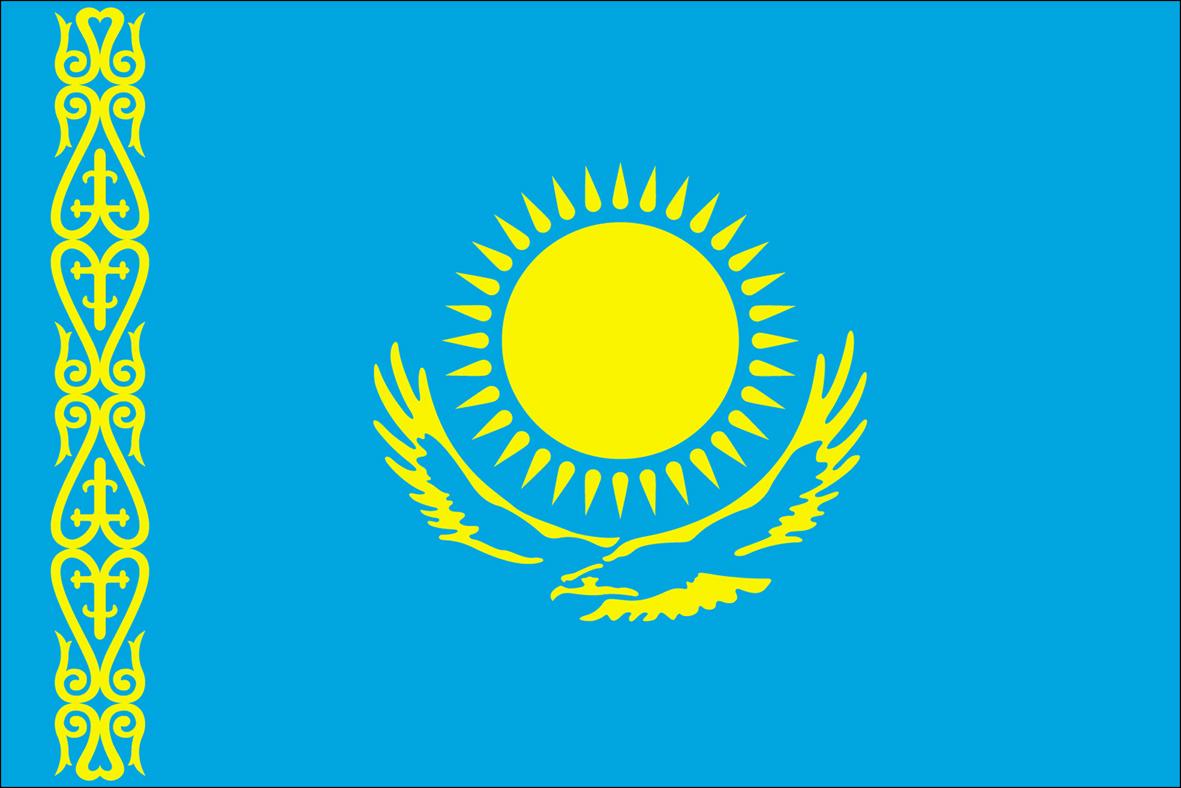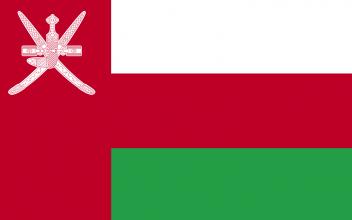The sea routes between South India, Sri Lanka and the Indonesian archipelago of Sumatra, Java and Bali were already well established by the beginning of the Christian era, long before Persian and Arab ships arrived. However, trade links extended once seasonal variations in monsoon winds were harnessed to support inter-continental journeys and as shipbuilding techniques advanced. Despite small populations, many areas of Indonesia became fertile sources for valuable products and markets, both for international, as well as local trade.
References to trade between the West (Alexandria) and India via the Persian Gulf are curiously absent from literature of the time, e.g. in the Perplus Maris Eryharraei. This makes it difficult for historians to assert with confidence where the prime silk routes ran at this time, who the main traders were, and what their relations with India were. While the Gulf area was well populated and active in maritime trade, trade was often closed due to troubled relations with Rome.
Until recently, few archaeological discoveries of Chinese porcelain in India had been reported, despite Chinese porcelain having a reputation for being of very high quality and therefore highly sought-after. In contrast, large quantities had been found in other Southeast Asian countries, including the Philippines, Indonesia, Malaysia and Thailand. Then, in 1950 more than 70 celadon and blue-and-white items were discovered in the Palace of Firuz Shah Tughlaq in Delhi.
The maritime routes of the Silk Road were the main porcelain and Spice Roads, as well as direct avenues of contact between the East and the West. Throughout time, maps and charts have reflected the cultural exchanges taking place between the East and the West, including international trade and religious activities Shifts in knowledge, power and culture resulting from the Silk Routes have been captured in a rang of maps, including the Ptolemy World Map (150 AD), the Islamic World Map (1154 AD), the Catalan Atlas (1375), and the Korean World Map 1402.
The Jurchen tribes, who established the 120 year Chin dynasty in the early 12th century AD, had a significant influence on the destiny of East Asian peoples. Archaeological research indicates that the Northern Jurchen culture of Priamurye had a distinctive character with traditions firmly rooted in the local cultural-historical past. The Jurchens were probably one of the most advanced ethnic communities at the time, having experience of offensive and defensive combat.
The Three Kingdoms and the Unified Silla were periods when foreign music was most vigorously accepted into Korean popular culture. Although a part of the musical culture was accepted from China, the instrumentation and modal systems of T'ang music in Silla were also closely related to the musical culture of Central Asia, which China had also accepted via the Silk Road. Korea appropriated foreign music but remodeled it rather than overly and unilaterally accepting it.
Kyongju, the capital city of the Silla dynasty, was slow to be influenced by foreign elements arriving from the northwest owing to its situation on the peninsula. This meant that Silla was able to assimilate foreign influences that arrived via the Silk Roads slowly rather than accepting them directly and indiscriminately. After unification on the peninsula, Silla became increasingly exposed to external influences.
Over time, the overland Silk Road and the maritime ‘Spice Road’ both played important roles in the transfer and enrichment of art forms in the regions through they traversed and connected. The development of Buddhist art provides clear evidence of the development of Asian art during this time. Buddhist art started in India and was modified in Central Asia and the Southeast Asian regions.
It is no coincidence that Venice is emblematic of the profound enrichment, interweaving and diversity of cultures, science, philosophies, religions and art that The Silk Route wove together along its course. Other silk routes acted as arteries for change too, including an overland silk route that linked the Orient to the Occident. This route is famous for tales – whether true or false – of famous individuals, including Alexander the Great, Jesus Christ, Marco Polo, travelling on it to spread their influence.
200 miles north of Karachi lie the remains of the ancient city of Mohenjo-daro, one of the most striking monuments from the dawn of civilisation. Populated from 2500 – 1500 BC, but then abandoned, it was only rediscovered in 1921. However, two serious problems face these magnificent ruins: they are being eroded by the Indus River, and they are being corroded by the salt being brought to the surface as the water table rises dramatically. In fact, since the construction of the Sukkur dam in 1932, the water table has risen by about 13 feet.




